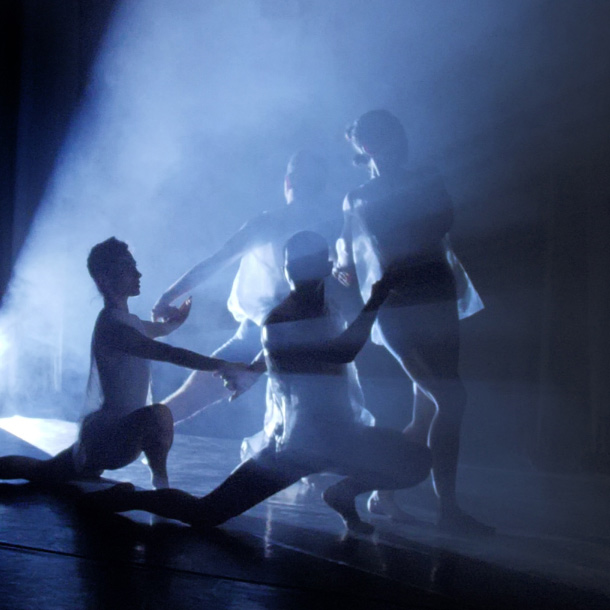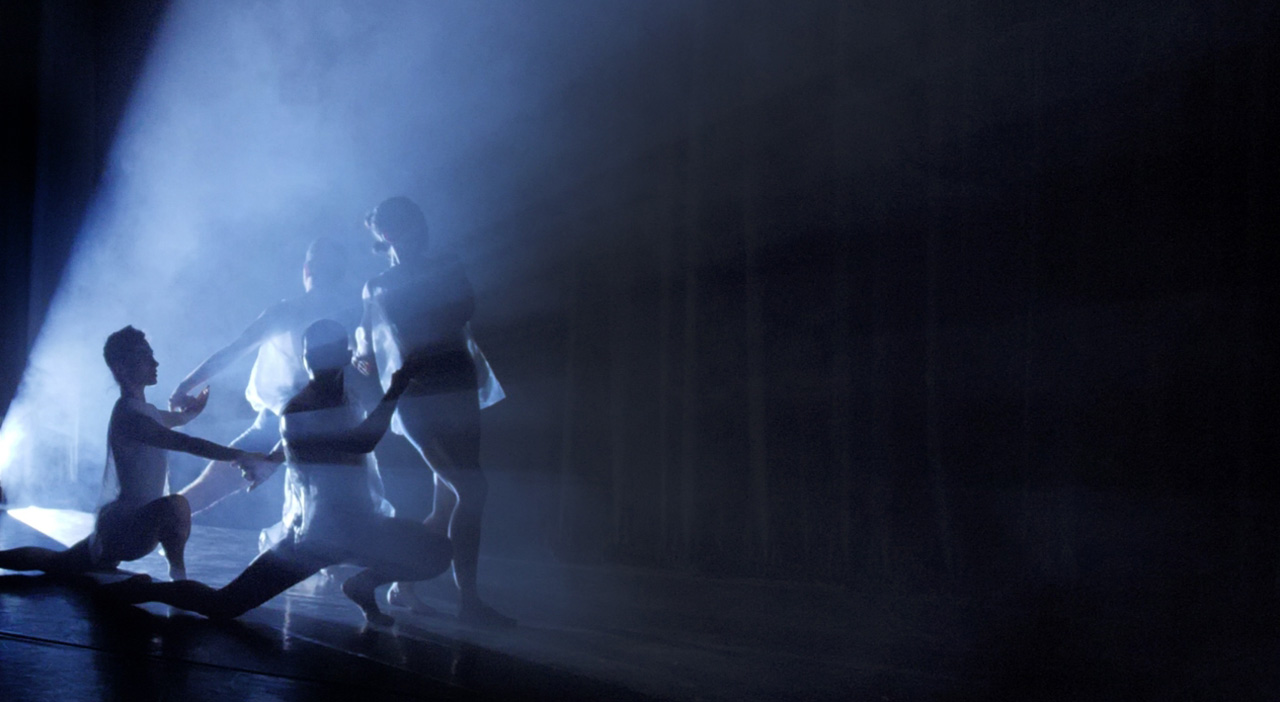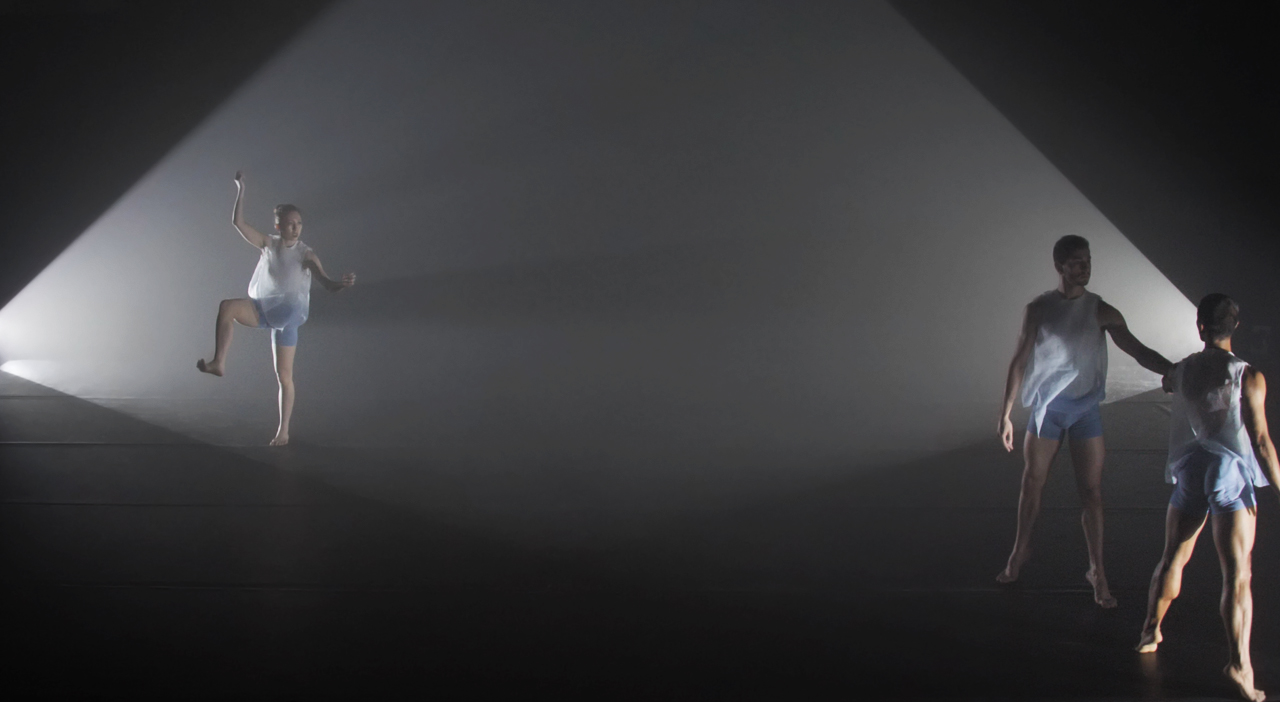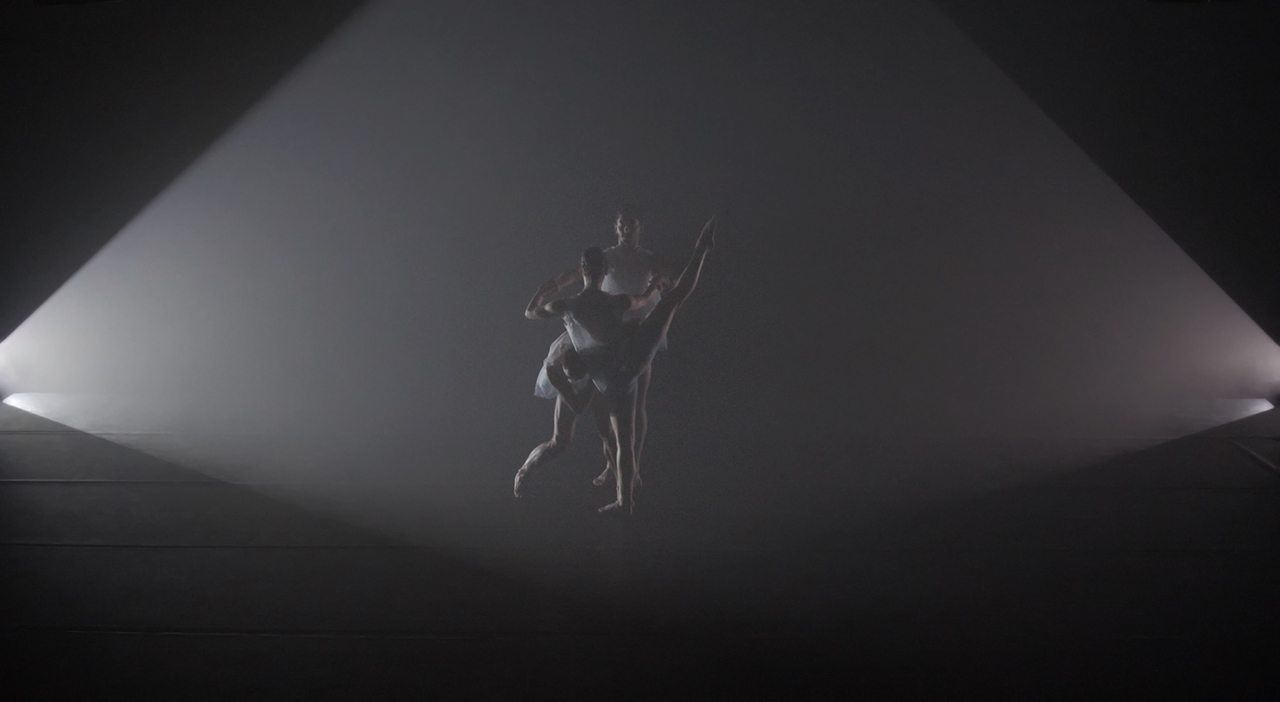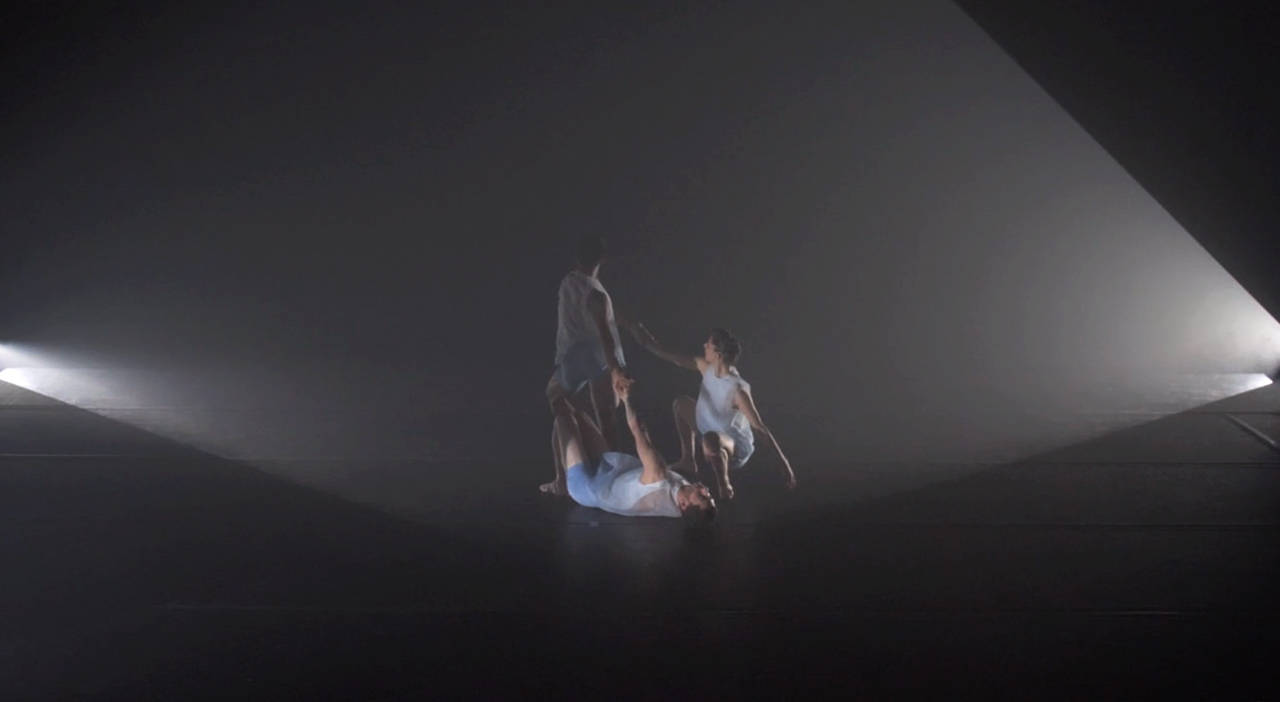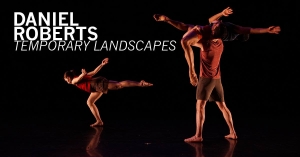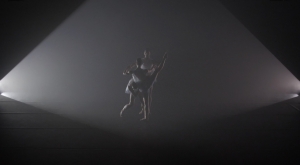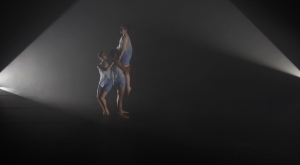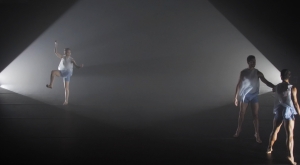2018
Collaborative Project by Sangjun Yoo and Daniel E Roberts
World Premiere of Night Cloud
‘Temporary Landscapes’ at Velocity Dance Center, Seattle WA in May 18-20th 2018
‘Night Cloud’
Choreographer: Daniel E Roberts
Design: Sangjun Yoo
Dancers: Biag Gaongen, Anthony Milian, Hannah Simmons, and Erin Yen
Music: A Crimson Grail, Part II by Rhys Chatham
Costumes: Carl Bronsdon, courtesy of Cornish College of the Arts Dance Department
‘Night Cloud’ searches for a connection to boundaries of natural and artificial spaces. Roberts and Yoo embrace the concept of artistic transcendence through collaboration, synthesized through performance.
Night Cloud is a collaborative performance that merges choreography and digital projection to explore the shifting boundaries between natural and artificial space. Created with choreographer Daniel Roberts, the work transforms a black-box theater into a cloud-like environment where light becomes both material and atmosphere. Using four synchronized projectors and a haze machine, geometric projections construct planes of visibility that conceal and reveal the dancers’ movements in real time.
Audiences are immersed not in technology as spectacle, but in the sensorial interplay of light, haze, and motion. As the performance unfolds, light ceases to function as conventional stage illumination and instead becomes a tactile, spatial presence that synchronizes with the dancers’ gestures. By rejecting the seamless illusion of theatrical space, Night Cloud emphasizes rupture and transformation, positioning performance as a site where media and the body co-create immersive, ephemeral landscapes.
